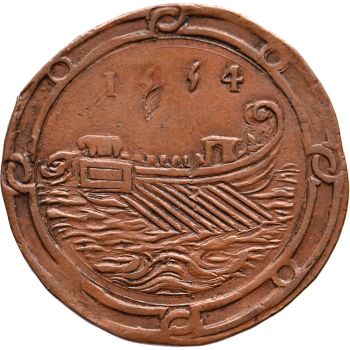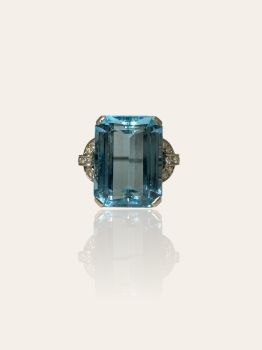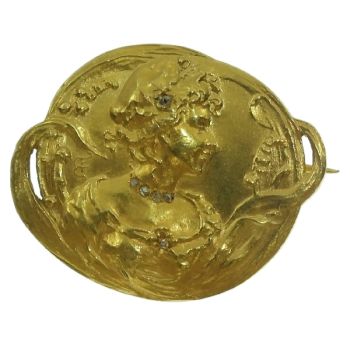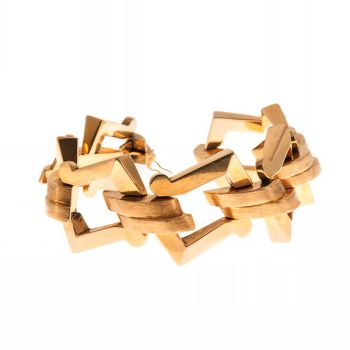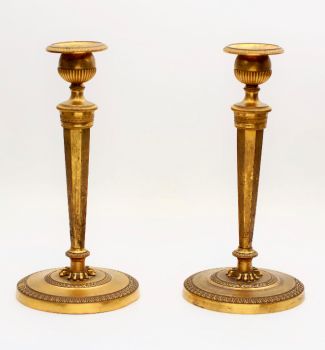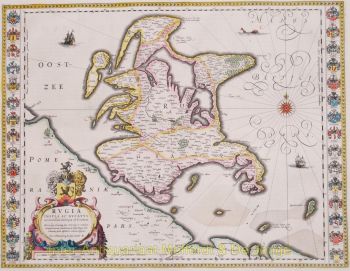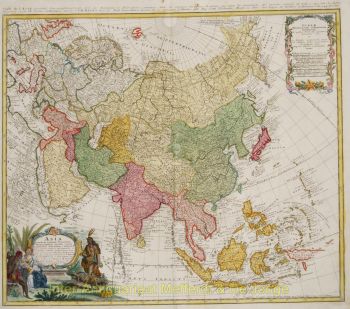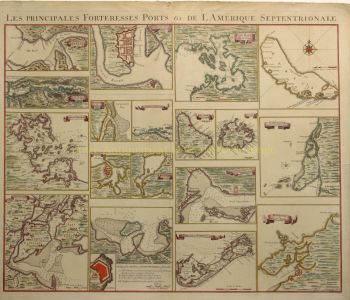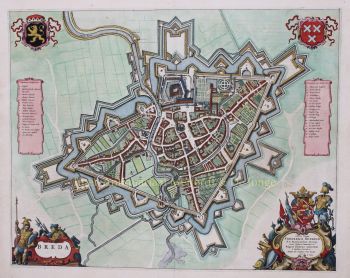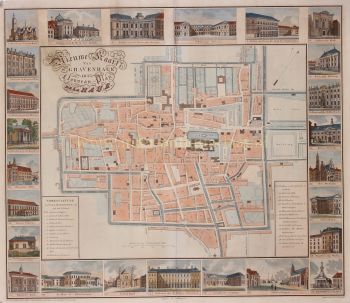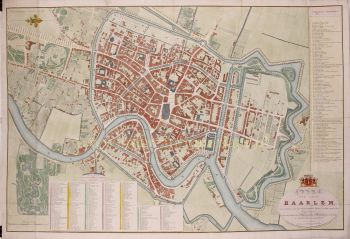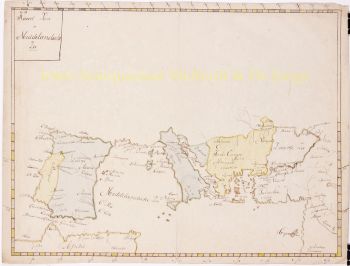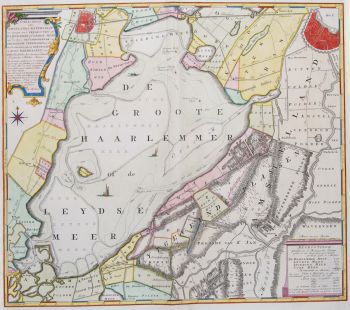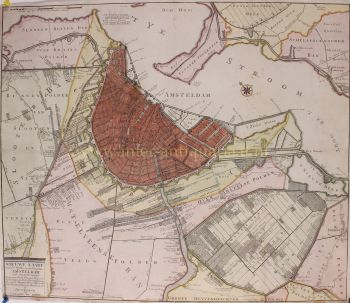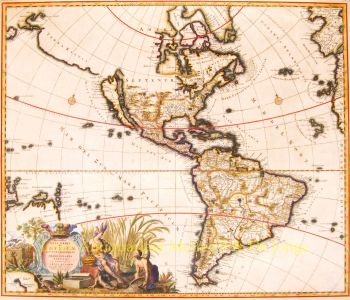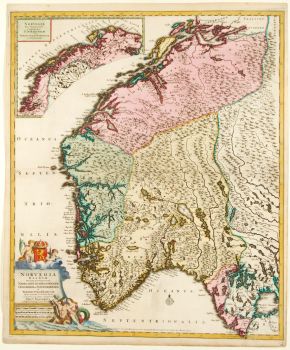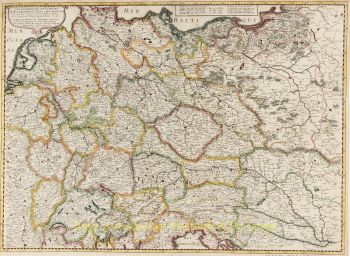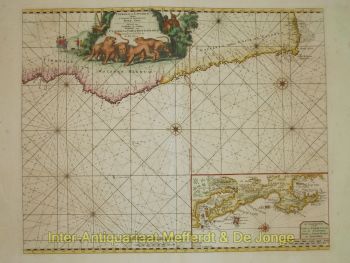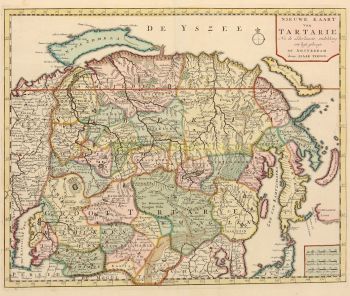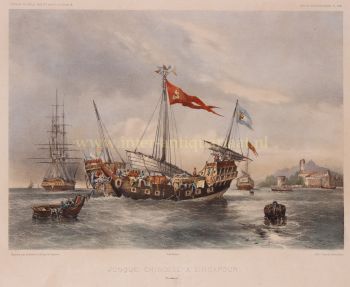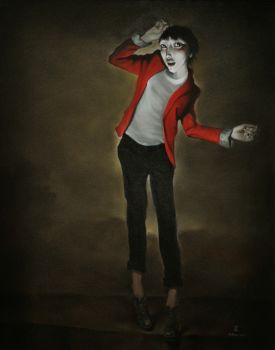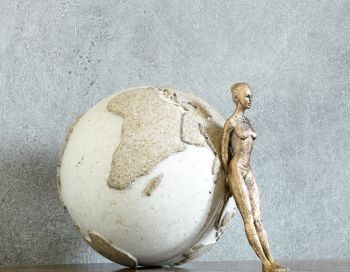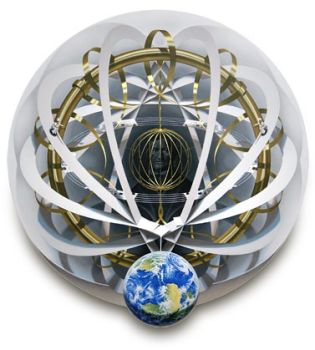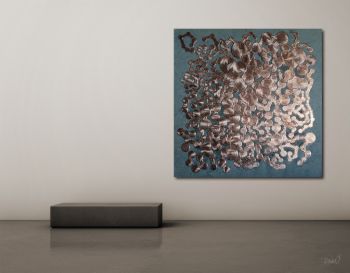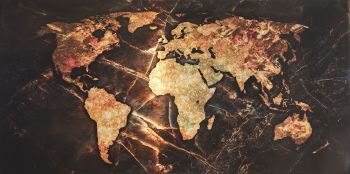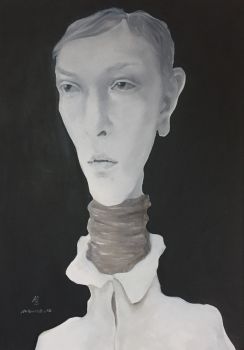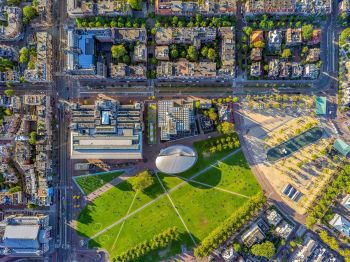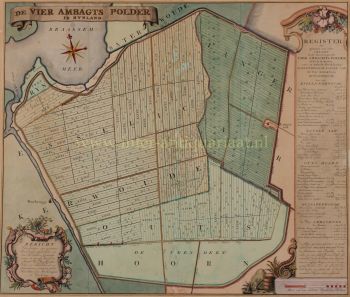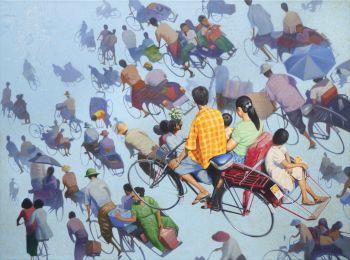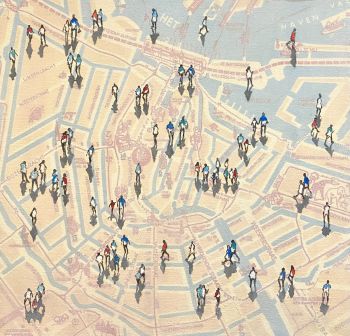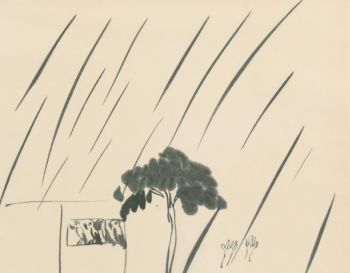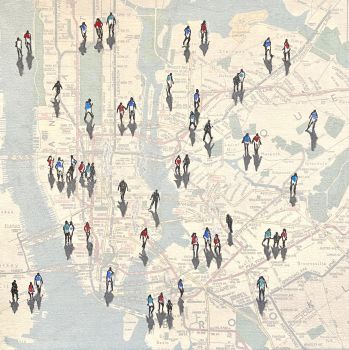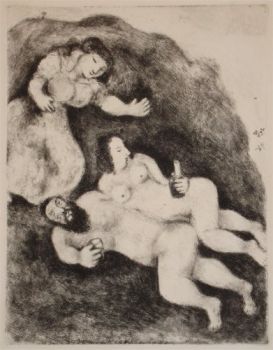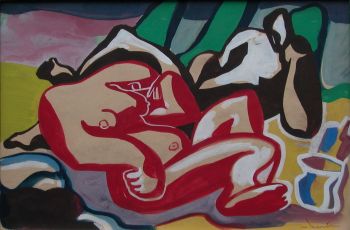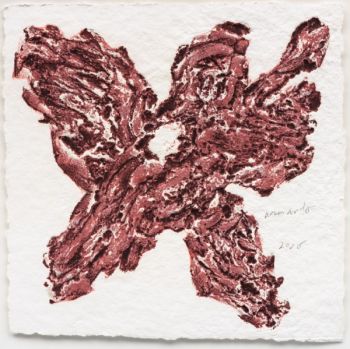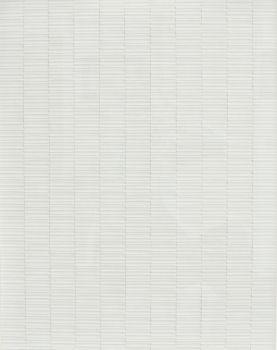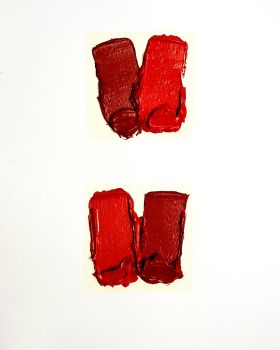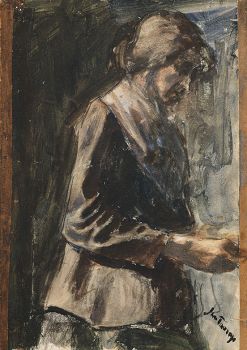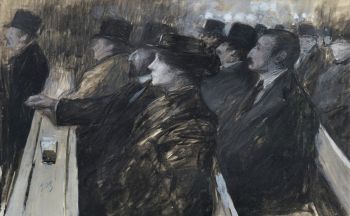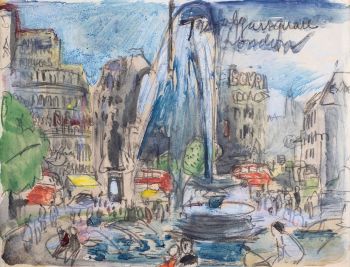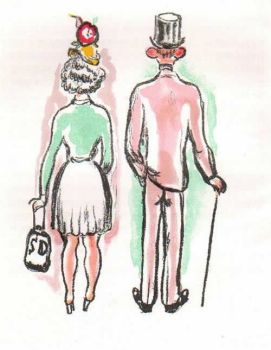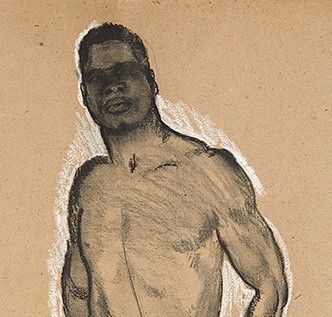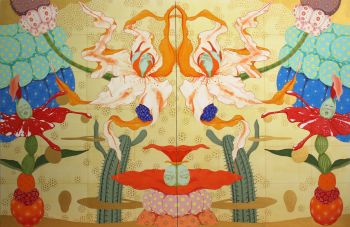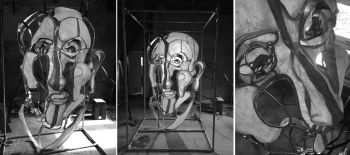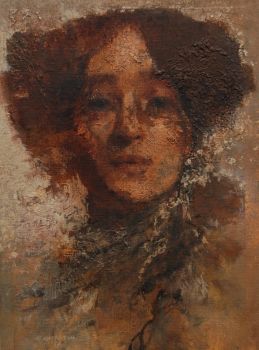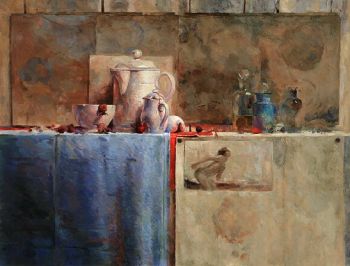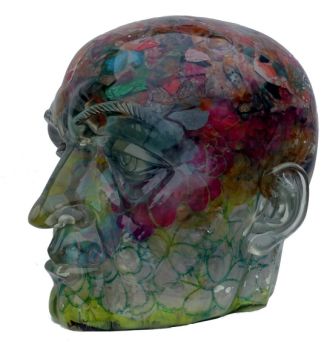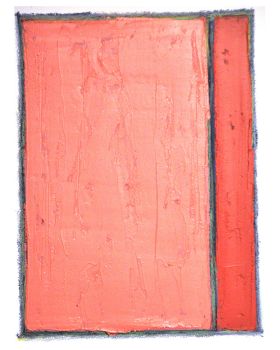A large wall map of Asia by Nicolas de Fer 1647 - 1720
Artista Sconosciuto
Carta
92 ⨯ 117 cm
Prezzo su richiesta
Zebregs & Röell - Fine Art - Antiques
- A proposito di opere d'arteA large wall map of Asia by Nicolas de Fer (1647-1720)
L’Asie divisée selon letendu de ses principales parties, et dont les points principaux sont placez sur les observation des Monsieurs de l’Academie Royale des Sciences. Dressée par N. De Fer, Geographe de monsieur de Dauphin. A Paris chez l’auteur dans l’Isle du Palais, fur le Quay de l’Horloge, à la Sphere Royal. Avec le Privilege du Roy, 1696
Engraved by Hendrik van Loon after a design by Nicolas de Fer, printed on four copperplates, and published by Guillaume Danet, Paris 1724, with later hand- colouring.
H. 92.5 x W. 117 cm
H. 112.5 x W. 139 cm (including frame)
The map is surrounded by richly decorated borders, depicting the peoples of Asia, the Chinese, Japanese, Turks, Indians, Tartars (Russians), Filipinos, inhabitants of the Maluku and Sunda islands, Sri Lankans, people of Colgonda, Malaysia, Thailand, Cochin and Tonkin. Some detail maps show
Arctic areas, with Spitsbergen, Nova Zembla and the northeast of China based on the writings of the Jesuits Martino Martini and Ferdinand Verbiest. Nicolas de Fer started his apprenticeship at the age of twelve in the map-making business of his father, Antoine de Fer (act. 1644-1672). After his father’s death his mother continued the business and after her retirement, Nicolas took over in 1687. He turned it into a flourishing business and thanks to his contacts with the Académie Royale des Sciences in Paris he was
able to use the latest discoveries in geography and subscribe his maps with ‘Dressée sur les nouvelle observations des Messieurs de l’Académie Royale des Sciences.’ In 1690 he became the official cartographer of the Dauphin and later King of France and Spain. He published more than six hundred maps and many atlases, documenting French fortified towns, strongholds and the explorations and discoveries of new territories. Unlike most Dutch cartographers who mainly made maps for navigational purposes, Nicolas de Fer, in the French decorative style of cartography, made a total of 26 large wall maps to adorn the walls in the palaces and castles of the French royals and aristocracy. - A proposito di opere artista
Può succedere che un artista o un creatore sia sconosciuto.
Alcune opere non sono determinate da chi sono state realizzate o sono state realizzate da (un gruppo di) artigiani. Esempi sono statue dell'antichità, mobili, specchi o firme non chiare o leggibili ma anche alcune opere non sono affatto firmate.
Inoltre puoi trovare la seguente descrizione:
•"Attribuito a …." A loro avviso probabilmente opera dell'artista, almeno in parte
•“Studio di ….” o “Officina di” A loro avviso un'opera eseguita nello studio o nella bottega dell'artista, eventualmente sotto la sua supervisione
•“Cerchio di…” A loro avviso un'opera del periodo dell'artista che mostra la sua influenza, strettamente legata all'artista ma non necessariamente al suo allievo
•"Stile di..." o "Seguace di..." A loro avviso un'opera eseguita nello stile dell'artista ma non necessariamente da un allievo; può essere contemporaneo o quasi contemporaneo
•“Modalità di…” A loro avviso un'opera nello stile dell'artista ma di epoca successiva
•"Dopo …." A loro avviso una copia (di qualsiasi data) di un'opera dell'artista
•“Firmato…”, “Datato…” o “Iscritto” A loro avviso l'opera è stata firmata/datata/inscritta dall'artista. L'aggiunta di un punto interrogativo indica un elemento di dubbio
•"Con firma....", "Con data...", "Con iscrizione..." o “Riporta firma/data/iscrizione” a loro avviso la firma/data/iscrizione è stata aggiunta da qualcuno diverso dall'artista
Sei interessato ad acquistare questa opera d'arte?
Artwork details
Related artworks
- 1 - 4 / 12
- 1 - 4 / 24
Eduard Charlemont
‘Allegories of Africa and America’1872
Prezzo su richiestaZebregs & Röell - Fine Art - Antiques
1 - 4 / 24Rene Rietmeyer
"Netherlands, Amsterdam, March 2002"2001
Prezzo su richiestaEuropean Cultural Centre Collection
Antonie Derkinderen
Memory book Exhibition of Dutch Painting1892
Prezzo su richiestaKunsthandel Pygmalion
Rene Rietmeyer
TOKYO - Kudan House - January 2021 #022021
Prezzo su richiestaEuropean Cultural Centre Collection
1 - 4 / 24Artista Sconosciuto
A Surinam-themed Amsterdam long-case clock1746 - 1756
Prezzo su richiestaZebregs & Röell - Fine Art - Antiques
 A cura di
A cura diGallerease Magazine
Hubert Vos
Ritratto di un punjabi nell'India britannica1898
Prezzo su richiestaZebregs & Röell - Fine Art - Antiques
1 - 4 / 12




